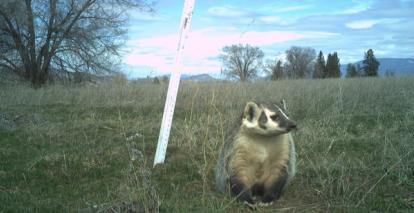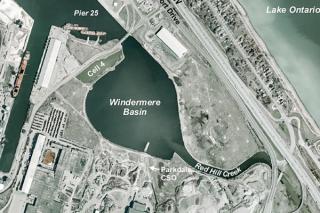

Challenge
Remediation was needed at a client site to address historical DDT, lead and arsenic soil contamination. The site overlaps critical habitat for species at risk, including the North American badger (Taxidea taxus jeffersonii), a federally endangered species. Years of surveys and monitoring revealed that badgers regularly used the site. Under Canada’s Species at Risk Act (SARA), species like badgers, their residences (i.e., burrows), and critical habitat are protected from disturbance or damage. While the remediation aimed to remove contaminated soil and treat it off-site—ultimately benefiting badgers and other wildlife, especially those that burrow into soil—it also risked disturbing critical habitat, thus violating SARA.
Solution
SLR developed a comprehensive badger mitigation and monitoring plan and applied for SARA permitting, in addition to completing risk assessments, remedial options analysis, remedial planning, and environmental supervision. Based on years of monitoring, SLR had a solid understanding of when badgers used the site and for what purposes. This information guided the scheduling of remediation during low-risk seasons and the development of a phased approach. The phased approach allowed portions of the site to be designated as a ‘badger conservation area,’ ensuring that habitat remained available during construction activities. Wildlife biologists searched the site and burrows to confirm badgers were not present at the initiation of the work, and construction areas were fenced and checked daily for signs of entry. Additionally, a remote camera program continuously monitored the site, with checks by ecologists for wildlife and new burrows to assess badger activity before, during, and after construction. Following the removal of the contaminated soil, the remediated areas were reclaimed to provide the biophysical characteristics necessary for critical habitat.
Impact
SLR’s mitigation and monitoring plan facilitated successful permitting, remediation, and protection of badgers during construction. There was no evidence of disturbance to badgers, and following the first phase of remediation in autumn and winter 2023/2024, they have since returned to regularly use the site. Nearly 9,000 m³ of contaminated soil was removed and reclaimed, improving habitat quality for wildlife. A second phase of remediation is planned for autumn/winter 2024/2025, with continued mitigation and monitoring to confirm compliance with legislation and permitting requirements, protect badgers, and restore habitat.


